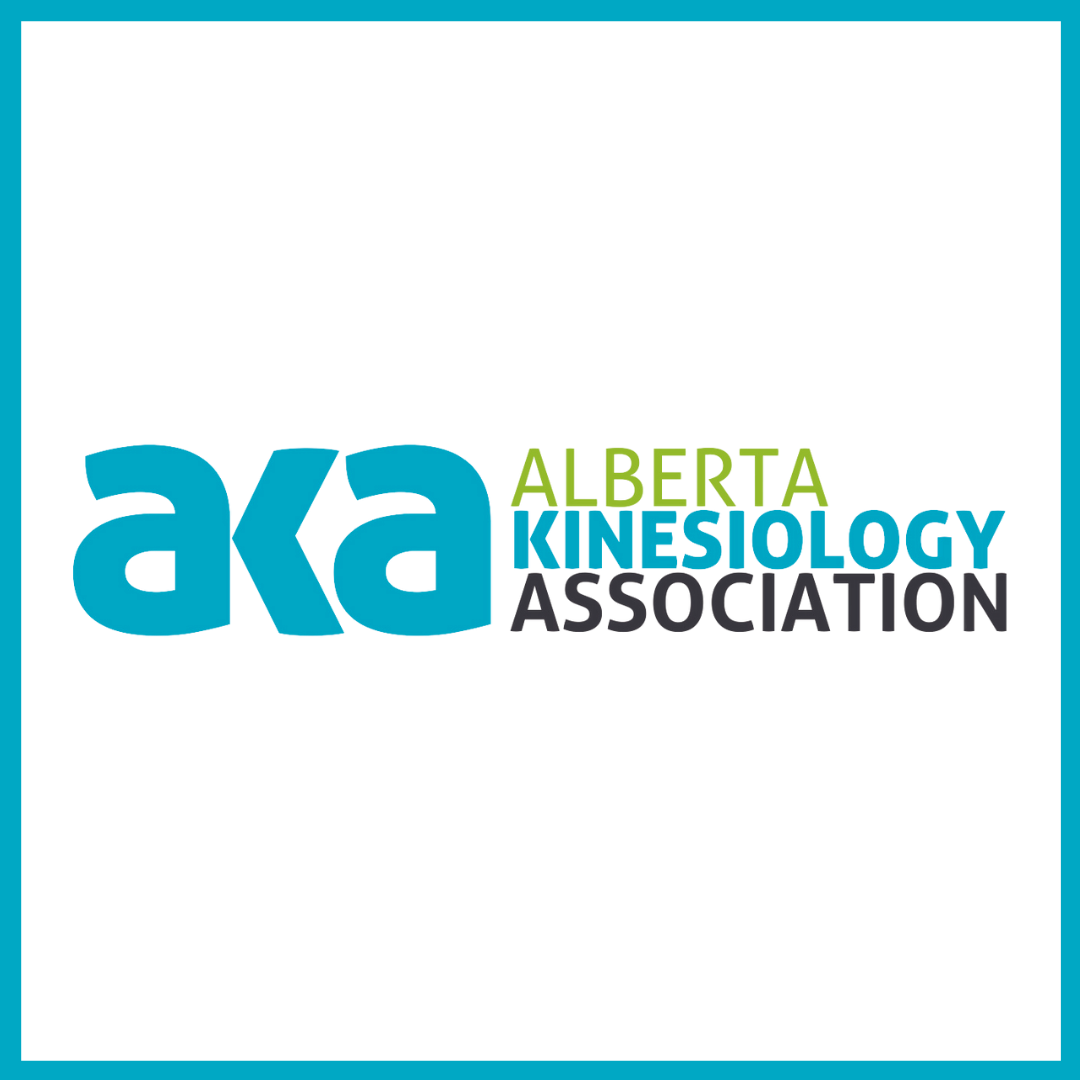So how do you do this CBT-i stuff? Game changer #1: A powerful assessment so we can give individualized interventions.
CBT-i has an assessment structure that allows us to move beyond identifying an issue with insomnia & attempting to apply a bandaid in the form of sleep hygiene education. A thorough assessment of sleep challenges guides us towards individualized and much more efficacious treatment planning. GET STARTED by incorporating some of the questions below into your intake & assessment process to get a more fulsome picture of sleep patterns:

Chung et al., 2018: Sleep hygiene education is not as good as CBT-i for treating insomnia and sleep problems.
Here’s a list of questions you can add to your sleep subjective!
- Tell me about when these challenges began and how they have progressed over time?
- Have you had any treatment for sleep challenges in the past or currently?
- Have you had any sleep studies done or do you have any diagnosed sleep disorders?
- Can you walk me through your evening routines and what a typical night looks like for you? Does this differ on a weeknight vs. a weekend?
- What do your daytime routines looks like? What are your movement preferences and habits?
- Tell me about your nutrition & hydration habits.
- Tell me about intake of caffeine, alcohol, and other substances.
- Do you nap during the day? If so, where and for how long? Do you notice an impact on your nighttime sleep when you nap during the day?
- How long does it take you to fall asleep?
- How many times do you wake?
- What wakes you?
- What do you do when you wake up in the middle of the night?
- What have you tried to support you with getting to sleep or falling back to sleep? What did you notice when you tried these things?
- What are some things that you notice that seem to support or hinder your sleep?
- How do you feel about your sleep challenges? What are some of the things that are on your mind or that you find yourself worrying about when you are struggling to sleep?
- What are your biggest challenges and worries when it comes to your sleep?
Taking an in depth history is a necessary place to start with identifying and working on key factors that could be contributing to insomnia. CBT-i also involves using a sleep log to gain an objective picture of nighttime patterns and ‘sleep efficiency’ (proportion of time in bed spent sleeping).
Join us for Dr. Colleen Carney’s Course: Cognitive Behavioral Therapy for Insomnia (CBT-I): Evidence-based Insomnia Interventions to learn how to administer and interpret a sleep log so that you can help your clients tackle their sleep challenges and AMPlify your impact!
Author: Lara Desrosiers OT Reg. (Ont.)

References:
- Ka-Fai Chung, Chit-Tat Lee, Wing-Fai Yeung, Man-Sum Chan, Emily Wing-Yue Chung,
- Wai-Ling Lin, Sleep hygiene education as a treatment of insomnia: a systematic review and meta-analysis, Family Practice, Volume 35, Issue 4, August 2018, Pages 365–375, https://doi.org/10.1093/fampra/cmx122
- Siengsukon CF, Al-Dughmi M, Sharma NK. A survey of physical therapists' perception and attitude about sleep. J Allied Health. 2015 Spring;44(1):41-50. PMID: 25743400; PMCID: PMC5040187.








